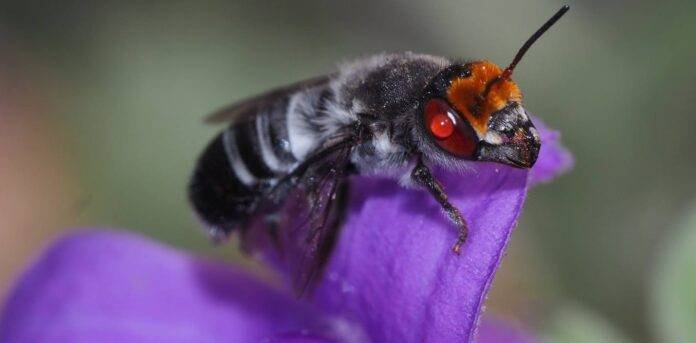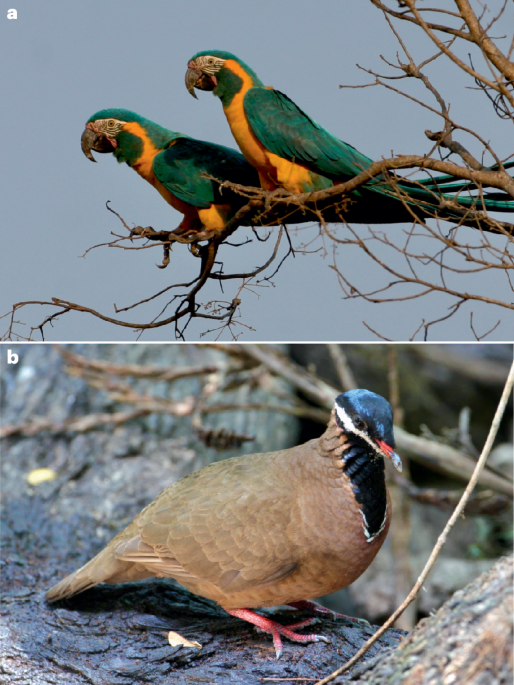Addressing biodiversity loss requires reliable summaries and predictions of biodiversity change to support decisions, actions and policies. In theory, biodiversity change is understood to be the combined response of intertwined species to global pressures (such as climate change), which vary through time and space. However, in practice, we summarize biodiversity change by aggregating species’ trends. This approach ignores a crucial dimension of biodiversity change: the loss of a species affects other species, and these effects can accumulate within an ecosystem in ways that are difficult to predict.
To build an accurate and actionable portrait of biodiversity change, we must consider the interspecies relationships that hold ecosystems together, and how these relationships are changing. The challenge, therefore, is to distil many species’ responses to global change into a concise summary, while retaining enough complexity to capture the broader implications of these changes for ecosystems.






